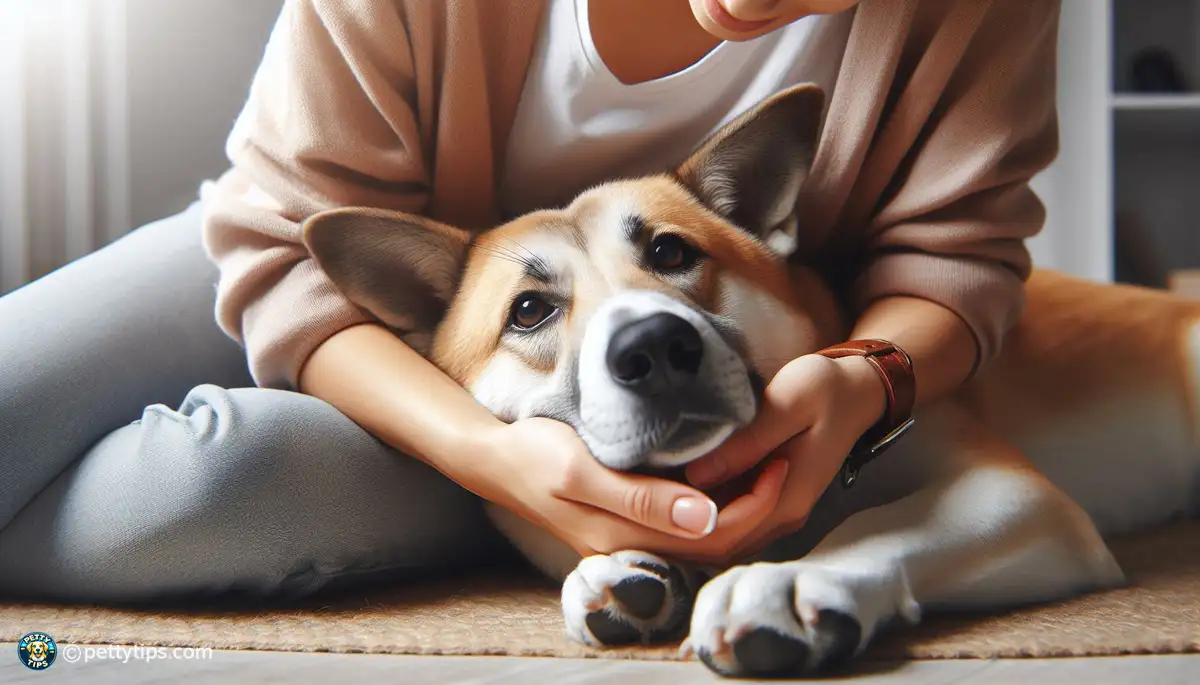
Planning for Evacuation: Including Your Dog
Daniel Moll - Oct 15, 2024 - 6 min read


separation anxiety is a common behavioral issue that many dog owners face. It can be distressing for both the dog and the owner, but the good news is that there are effective training methods and solutions to help manage it. In this comprehensive guide, we'll explore the various techniques and strategies you can use to address separation anxiety in your furry friend.
Separation anxiety can manifest in various ways, and it's essential to recognize the signs early on. Some common symptoms include excessive barking or howling, destructive behavior, pacing, and even self-harm. Your dog may also exhibit signs of distress as soon as you start preparing to leave, such as picking up your keys or putting on your coat.
To effectively address separation anxiety, it's crucial to understand its root causes. While every dog is unique, separation anxiety often stems from factors such as a sudden change in routine, past traumatic experiences, or lack of socialization during puppyhood. Identifying the underlying cause can help tailor your approach to training and management.
Dealing with separation anxiety requires patience and consistency. It's essential to approach the training process with empathy and understanding, as it may take time for your dog to overcome their anxiety. Consistency in your training methods and routines will also help reinforce positive behaviors and build trust between you and your furry companion.
Desensitization and counterconditioning are two essential techniques used to help dogs overcome separation anxiety. Desensitization involves gradually exposing your dog to triggers of their anxiety, such as picking up your keys or putting on your shoes, in a controlled and positive manner. Counterconditioning focuses on changing your dog's emotional response to these triggers by pairing them with something enjoyable, such as treats or toys.
crate training can be an effective tool for managing separation anxiety in dogs. When done correctly, a crate can provide your dog with a safe and comfortable space where they can feel secure when you're away. It's essential to introduce the crate gradually and make it a positive experience for your dog by associating it with rewards and relaxation.
Providing your dog with interactive toys and puzzles can help alleviate boredom and anxiety when left alone. These toys stimulate your dog's mind and keep them engaged, reducing the likelihood of destructive behavior out of boredom or stress. Consider rotating different toys to keep your dog's interest levels high and provide mental stimulation while you're away.
regular exercise and mental stimulation are crucial for dogs with separation anxiety. Engaging in activities such as daily walks, interactive play sessions, and training exercises not only tire your dog physically but also provide mental enrichment. A tired and stimulated dog is less likely to experience anxiety when left alone.
Establishing a consistent daily routine can help alleviate anxiety in dogs by providing them with a sense of predictability and security. Try to stick to a regular schedule for feeding, exercise, and rest, as sudden changes can trigger anxiety. Incorporating calming activities, such as relaxation exercises or massage, into your daily routine can also help your dog feel more at ease.
If your dog's separation anxiety persists despite your best efforts, don't hesitate to seek professional help. A qualified veterinarian or animal behaviorist can provide personalized guidance and support tailored to your dog's specific needs. They may recommend additional training techniques, behavioral modifications, or even medication in severe cases to help manage your dog's anxiety effectively.
Separation anxiety can be a challenging issue to tackle, but with patience, understanding, and the right approach, it's possible to help your dog overcome their anxiety and lead a happier, more balanced life. By recognizing the signs, understanding the root causes, and implementing appropriate training methods and lifestyle adjustments, you can support your furry friend in building confidence and resilience. Remember, every dog is unique, so be patient and adaptable in your approach, and don't hesitate to seek professional help if needed. With dedication and love, you can help your dog thrive even when you're not by their side.